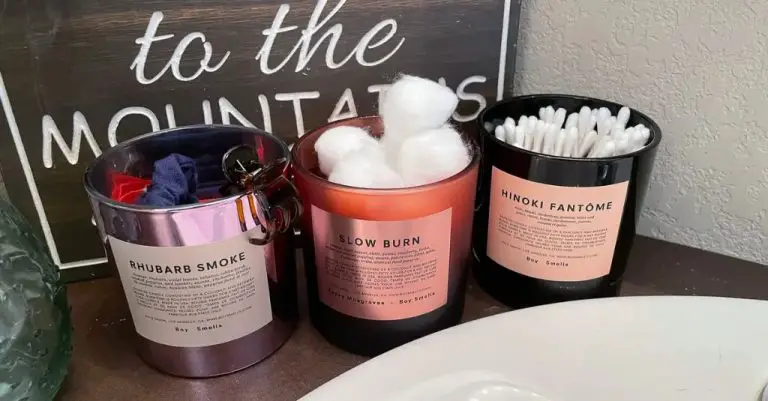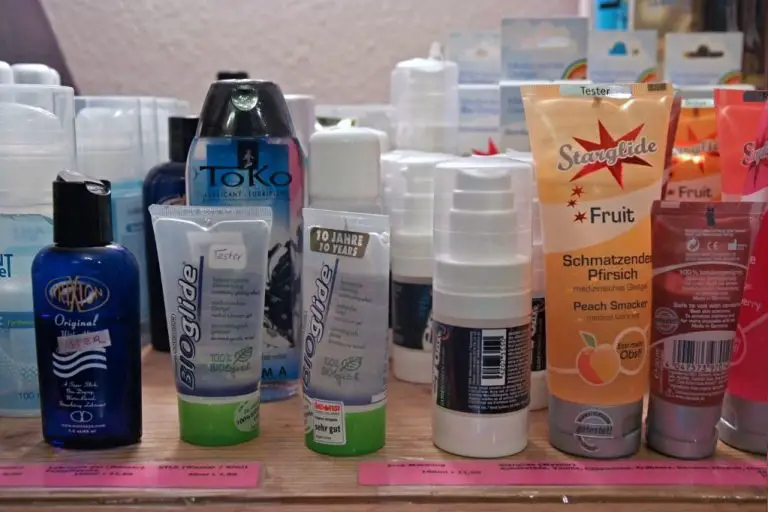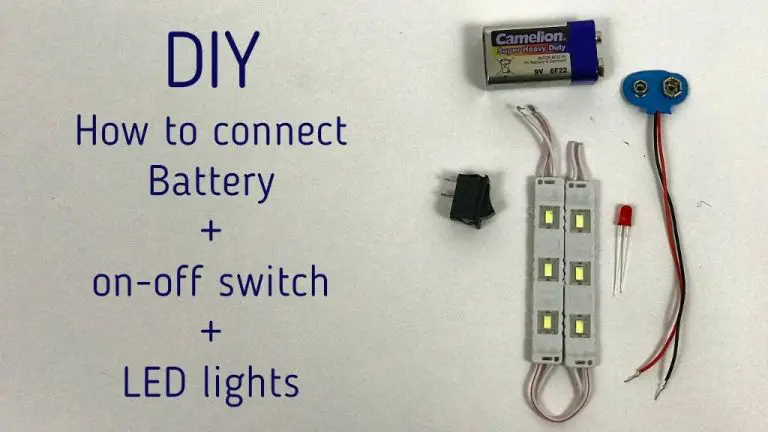How Do You Dispose Of Full Candles?
Properly disposing of candles is important for both safety and environmental reasons. Used candles often contain melted wax remnants, wicks that may still be lit, and fragrances or chemicals that can be harmful if not disposed of carefully. Taking the time to responsibly get rid of finished candles reduces fire risks in your home, keeps harmful substances out of landfills and the environment, and allows candle containers and wax to be reused or recycled whenever possible. This guide will overview safe methods and best practices for disposing of all types of full candles so that you can maintain a pleasant ambient environment in your home without unnecessary risks or waste.
Safety Risks
Disposing of used candles poses some safety risks that you should keep in mind. The main hazard is from fire. Hot wax can easily ignite paper, fabric, or other flammable materials. The wick may also still be lit or hot enough to ignite these items. Improperly disposing of candles leads to thousands of house fires every year. Follow these precautions when getting rid of candles:
- Make sure the wick is completely extinguished and the wax is cooled before disposal.
- Do not put candles directly into the trash while still warm or lit. Allow them to fully cool first.
- Keep candles away from flammable items like paper, cardboard, or fabric when cooling and disposing.
- Consider submerging the candle in water before disposal to ensure flames and heat are extinguished.
- Do not stack multiple used candles together as the combined heat can more easily start a fire.
Following fire safety guidelines is crucial when disposing of used candles to avoid home fires or other damage.
When to Dispose
There are a few signs that indicate it’s time to dispose of a candle:
The candle becomes too short to burn safely. As the candle burns down, the melted wax starts to pool too close to the flame. This creates a fire hazard. Dispose of candle stubs that are less than 1 inch tall.
The wick becomes too short to light. If the wick burns down so much that it’s difficult to light, it’s time to dispose of the candle. Extinguished wicks that are less than 1/4 inch long are too short to reuse.
The candle won’t stay lit. If a candle keeps going out and you have to repeatedly relight it, the wick may be worn out. The wax pool shape may make it hard for the wick to access fuel. Either way, it’s a sign that the candle has reached the end of its usable life.
The candle doesn’t produce a flame anymore. Once a candle stops being able to sustain a flame at all, it should be disposed of. Trying to relight a candle that won’t light is both dangerous and pointless.
The scented candle loses its smell. Scented candles are meant to fill a space with fragrance. If the smell fades even when the candle still has wax, the scent oils have diminished and can’t be refreshed. Unscented wax doesn’t serve much purpose.
Prep Work
Before disposing of candles, it’s important to properly prepare them first. Here are some tips for prep work:
Properly prepping candles makes the disposal process safer and cleaner. Always let wax fully harden and trim wicks before disposing in the trash, recycling, or repurposing candles.
Recycling
One eco-friendly way to dispose of candles is through recycling. The wax and metal components of most candles can be recycled, reducing waste and environmental impact.
For example, if your candle wax is still usable and not damaged, consider donating it to charitable organizations like schools, churches, and craft shops that can reuse it for art projects or re-candlemaking. Be sure to call ahead to find organizations in your area that accept candle wax donations.
You can also recycle the metal tins or containers that many candles come in. Once emptied of wax, these can go in your regular curbside recycling just like any other clean metal cans. If you live in an area without municipal recycling, try taking metal candle jars to a local scrap metal yard.
Recycling candles keeps them out of landfills and reduces the need for new materials. It takes minimal effort to find candle wax and metal tin recycling options in most communities.
Trash
One option for candle disposal is putting it in the trash. When doing this, it’s important to take some precautions to properly contain the candle waste. Double bag the candle to prevent wax leaks. Bundle any wicks together and wrap them or seal them in a small container to prevent them from falling out and becoming a fire hazard.
Make sure not to put liquids or hot wax directly into your trash bag, as this can melt the bag and cause leaks. Allow candle wax to fully harden and cool before discarding. Break hardened wax into smaller pieces if needed to fit it into trash bags without ripping them.
Trash disposal is quick and convenient, but it does end up sending non-biodegradable waste like wax and metal to the landfill. For more eco-friendly disposal methods, consider recycling or repurposing your used candles instead.
Repurposing
One creative way to reuse old candles is by melting them down and making new candles. To do this, remove any wicks from the candles and place the wax in a heatproof container. Set the container in a pot of simmering water to melt the wax completely. Then pour the melted wax into candle jars or molds and add new wicks. This lets you create new candle creations with recycled wax.
Full candles can also be repurposed as firestarters for fireplaces or campfires. Simply cut the candle wax into smaller pieces or shave it into shavings using a grater. The wax pieces and shavings will help kindle and maintain fires. It’s a great way to get additional use out of old candles rather than throwing them away.
Composting
You may be able to compost candle wax by burying it in your garden or adding it to municipal green waste. The wax can break down over time and may even provide some nutrients to your soil as it decomposes.
To compost candle wax, first let the wax fully harden after the candle has been used up. Break it into small pieces so it will decompose more quickly. Choose a compost pile or area in your garden where you want to bury the wax. Dig a hole or trench six inches to one foot deep, then mix the wax pieces into the soil before replacing the dirt on top. Over weeks to months, the buried wax will break down naturally.
Alternatively, you can check if your municipal green waste program accepts candle wax. Some will compost the wax along with food scraps and yard waste. Call your local waste management department to find out their guidelines. Make sure to only include unscented, non-toxic candle wax, not novelty or scented candles.
Special Considerations
Scented, colored, and novelty candles require extra attention when disposing. Scented candles contain synthetic fragrances and oils that can be toxic to the environment. The dye used in colored candles may also contain chemicals you wouldn’t want leaching into soil or waterways. Novelty candles shaped like food, animals, etc. use additional materials like glitter, beads, plastics that aren’t always recyclable or compostable.
When disposing of these types of candles, check if your local recycling center can process them. If not, they’ll likely need to go in the trash instead of compost. Remove any non-wax decorations and discard or reuse them separately if possible. If putting scent/color fragments in the trash, consider double bagging to prevent smells and leaks.
Conclusion
In conclusion, there are a few safe and eco-friendly ways to dispose of used candles. The key methods covered were recycling the wax, throwing away in the trash, repurposing the wax into new candles or other DIY projects, and composting if made from soy wax. Whatever disposal method you choose, remember to follow fire safety guidelines – make sure the wick is completely snuffed out before disposal. Allow all wax to fully harden and solidify as well. With the proper precautions, you can give your finished candles new life and keep unnecessary waste out of landfills.





